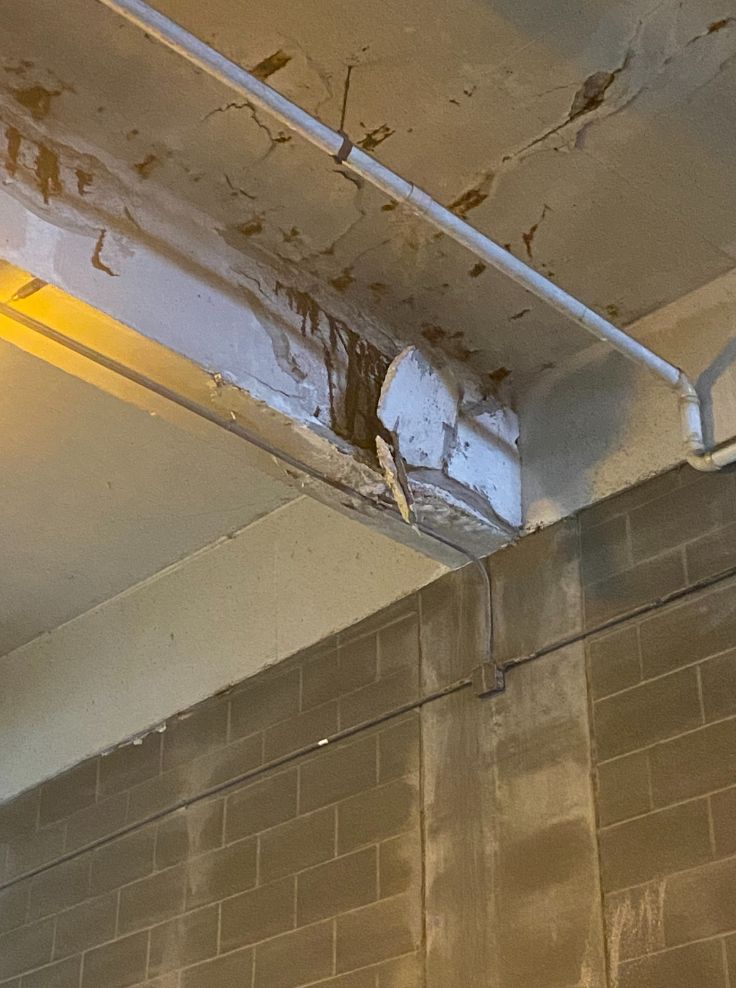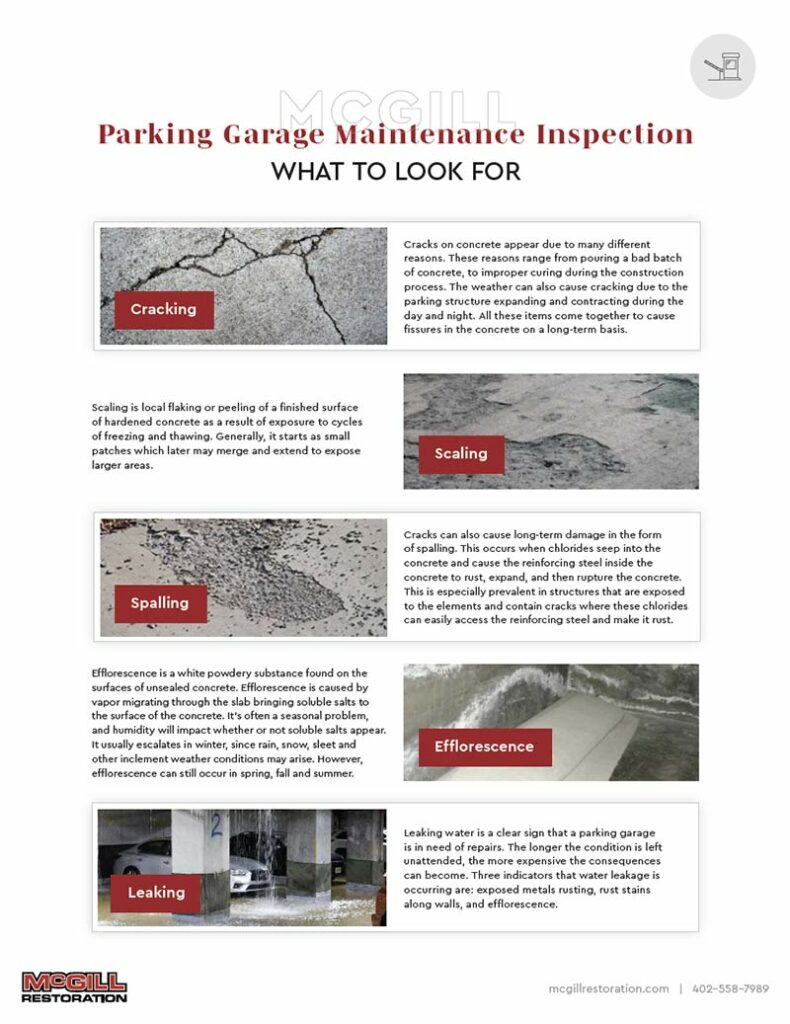Fiber Reinforced Polymer: Increase load capacity without replacing columns and beams.
Replacing or adding supplemental structural columns and beams is labor-intensive and expensive. Logistics, material costs and the skilled crews required to remove structural elements from a building while forming and installing replacements are serious undertakings.
Luckily, modern materials and processes are rapidly being adopted by engineers to solve for load-bearing insufficiencies. Fiber Reinforced Polymers are changing the game for concrete and steel load-bearing elements.
What is Carbon Fiber Reinforcing?
Fiber Reinforced Polymer (FRP) is interchangeably used with the label Carbon Fiber Reinforcing. It’s a strengthening material used to increase load capacity on structural columns and beams. The material is a wrap and the process is often referred to as carbon fiber reinforcing. It has immense value and is growing in popularity for a number of project types.
In some cases, replacement or supplementing is necessary but in many instances, the load increasing capacity of FRP offers a cost-effective alternative. At McGill Restoration, our crews are experienced in the application and use of FRP techniques to meet engineering specs that effectively increase load-bearing capabilities.
Uses for FRP
There are many project types that benefit from FRP applications. One of the biggest is the repurposing and rezoning of commercial structures. Areas where industrial zones are transitioning to residential housing are particularly common.
For example, an old warehouse that once served manufacturing purposes can transition to loft apartments. The original build was designed for heavy machinery on the ground level and the upper levels were not intended to carry heavy loads. Converting these levels to apartments means the supporting columns and beams will exceed their engineered capacities.
Rather than retrofitting the supports, FRP wrap can increase the load capacity, bringing everything into engineered spec requirements. This makes it extremely valuable for older buildings requiring greater load-bearing capacity from existing structural elements.
Overall, FRP is an excellent resource for warehouses, parking structures, bridges and more.
Application Process and How it Works
It sounds a little futuristic to have such a resilient wrap capable of shouldering heavy loads. The product uses carbon fiber in most cases but can also include steel wiring and glass. A polymer bonds the materials to create load transfer across the fabric sheets.
The polymer or epoxy resins used are flexible and the FRP fabrics can literally wrap around structural elements. They conform to the shapes of each element, making the application flexible for a single roll of fabric.
A typical application happens in several steps:
- The surface is cleaned and prepped for the wrap.
- Primer is applied to concrete to increase adhesion.
- Wrap is applied and secured to cover the surface.
- Epoxy is applied to uneven surfaces and gaps to create a uniform surface.
- Resin is applied to cover the entire surface and is absorbed into the fabric.
- A final coating is applied to waterproof and protect the surface.
In some cases, full wraps are not necessary and strips are used. There are different grades of wraps for specific load requirements as well. McGill Restoration works with the engineers to ensure the exact match wrap is selected for each project.
FRP from an Engineering Perspective
FRP has been around for a long time and is supported by extensive engineering documentation. Traditionally, engineers in the building space relied on retrofitting existing structural elements or replacing those elements entirely.
Younger engineers are incorporating FRP more frequently as it’s been tested and proven for decades. From the contractor and customer perspective, it provides a ton of value in terms of being cost-effective and efficient to apply.
Another major upside is the added durability. FRP doesn’t react to corrosive fluids and it essentially acts as a shield for the concrete or steel beneath the wraps. It’s a long lasting, low- maintenance solution for a variety of projects.
FRP in Action
Our crews specialize in FRP applications and have completed some exciting projects with the material.
The U.S. Bank Alleyway was a unique project in the fall of 2020. A failing overhead beam required structural strengthening and demo/replacement was not a great option. A replacement would have required extreme shoring measures, demo, installation of new rebar, forming, pouring and curing – all on a tight timeline.
It would have been expensive and very labor- and time-intensive to demo and replace the beam as it supported a 20-story building. We utilized FRP wrap to deliver the appropriate strength for the beam. The result was a low-cost repair, fast turnaround and renewed structural integrity to the beam without closing the structure for an extended period of time.
Another exciting example of FRP in action is the I-480 project. We installed over 3,000 square feet of FRP on bridge columns. These columns support major interstate bridges and are critical infrastructure. With FRP, we were able to accomplish major load carrying increases for each column.
FRP is continuing to see more use and we only expect this trend to continue. It’s an excellent resource for retrofitting existing concrete and steel structural elements.
Do you have a project that can benefit from FRP? Get in touch to learn more about your options.



